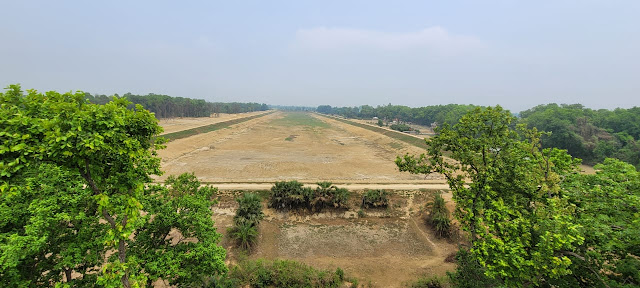Near-extinct baby gharial dies at zoo
The authority recovered the body of the gharial at around 4:30pm after the zoo workers saw it was floating in the water upside down while they went to feed it, said the zoo's caretaker Abul Kalam Azad.
Though the authorities considered the death of the baby gharial, one of the most critically endangered crocodilians on the globe and a near-extinct species in Bangladesh, was due to cold, experts blamed the zoo authority for their negligence.
Forhad Uddin, veterinary surgeon of the zoo, said the gharial was kept in a tiny cage of tortoise where there was little scope of sunbath for it.
"Gharial needs a temperature in between 24 degrees and 30 degrees Celsius for living, but the water temperature went down much below the requirement as the region was experiencing a cold wave".
"The fishermen who captured it in their net had beaten it. The injuries might have led to the death of the gharial", said Forhad adding that the zoo authority would have an autopsy on the gharial.
Relying to a question, Forhad Uddin said, the zoo authority had no expertise in bringing up captured gharials. "We ought to have released the gharial into the Padma as we had no expertise".
Contacted, Rajshahi University's fisheries department teacher ABM Mohsin termed the death 'unexpected' and said, "With the death, the prospect for captive breeding of gharial is almost lost".
Fishermen netted the two and a half feet-long gharial from Gohomabona under Paba upazila on December 9 last year and two local youths took it to the zoo.
It is presumed that there is no breeding adult gharial (Gavialis gangeticus), one of the three crocodilian species found in the wild in Bangladesh. Gharials are a natural heritage of Bangladesh and a flagship species for the riverine habitat.
The other two species of crocodiles -- freshwater crocodile or mugger (Crocodylus palustris), which is no more found in the wild, and the saltwater crocodiles (Crocodylus porosus), found only in the Sunderbans, -- are also declining due to various factors such as habitat destruction, disturbances by humans, including capture of young hatchlings by fishermen.
However, the Centre for Advanced Research in Natural Resources & Management has started survey to find out the breeding population of gharials in Bangladesh.
http://www.thedailystar.net/newDesign/news-details.php?nid=123256


Comments
Post a Comment